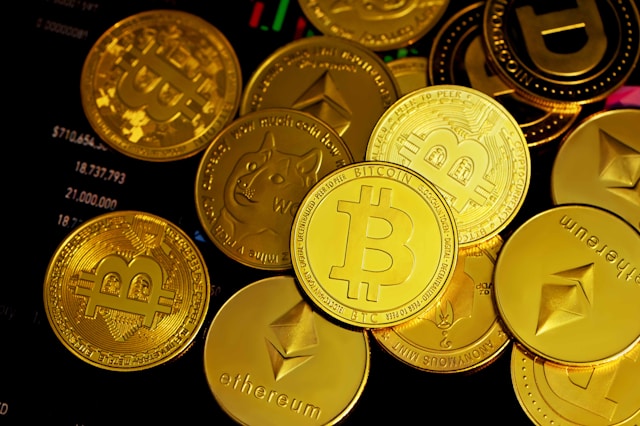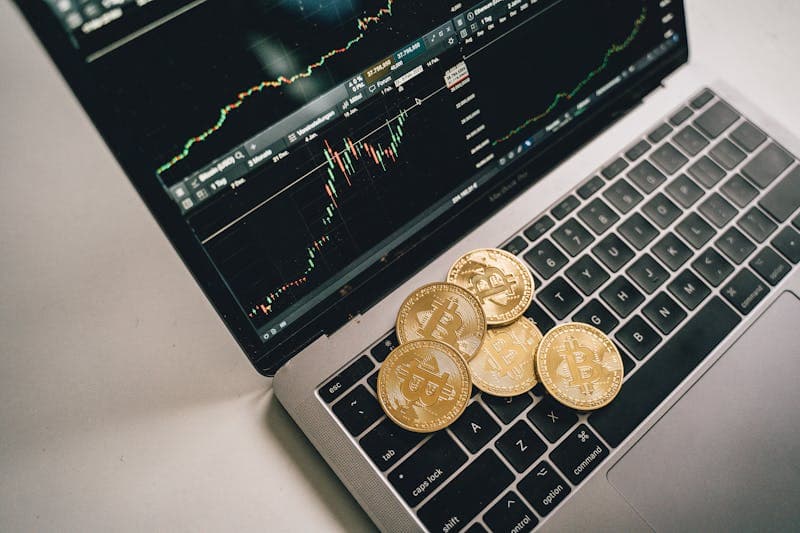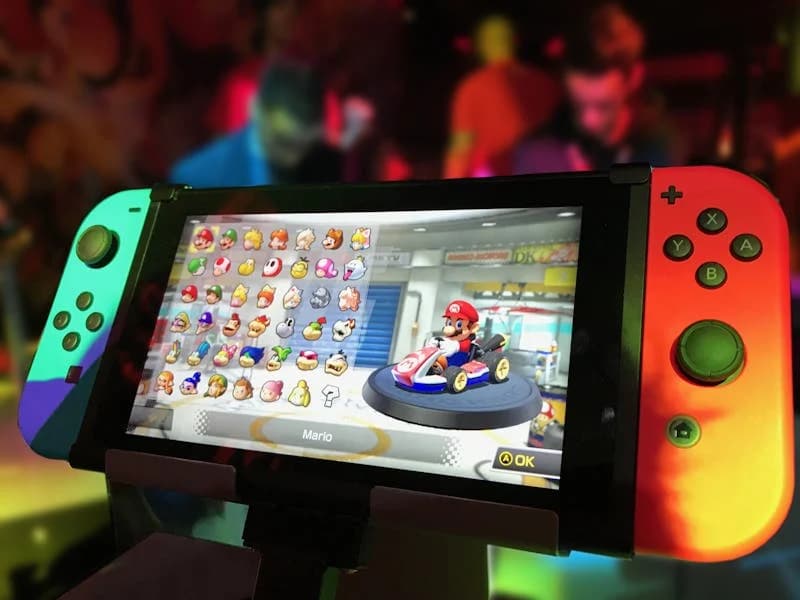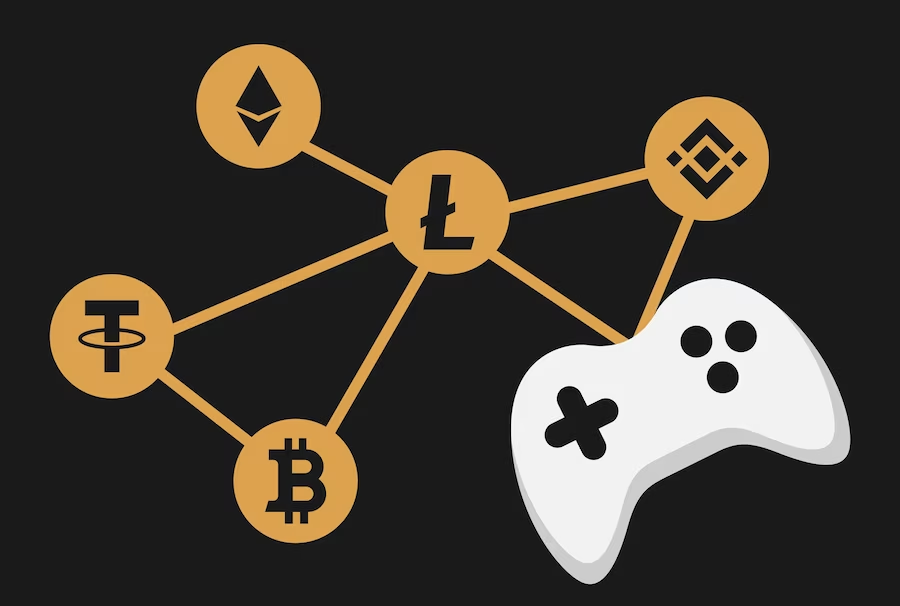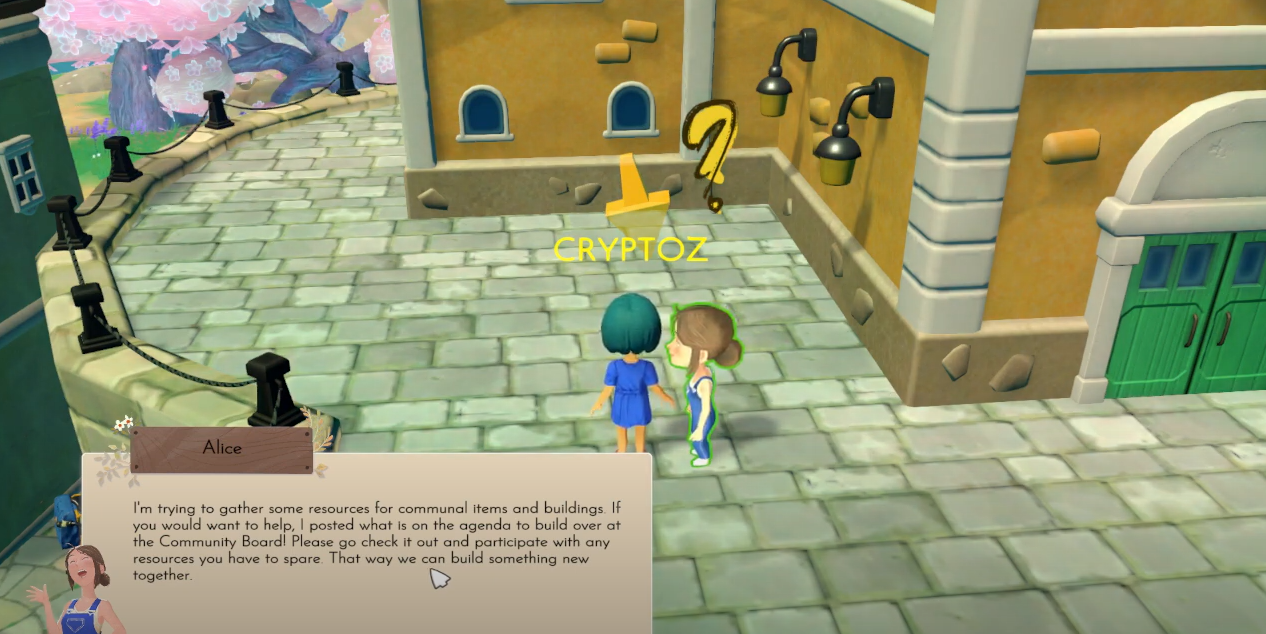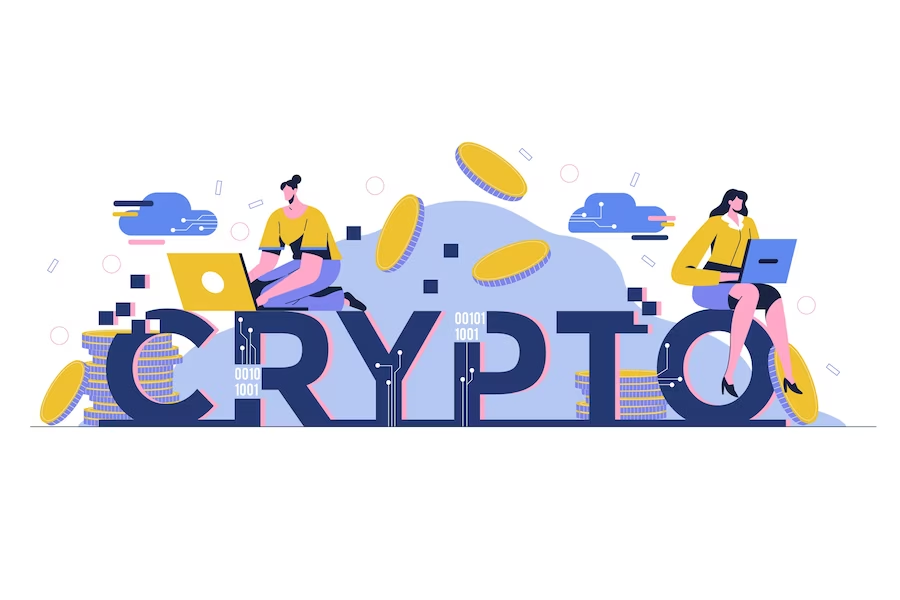1) Play-to-earn (play and earn)
A revolutionary approach that made blockchain games extremely popular and allowed people to earn in-game tokens by participating in various contests and then selling them on exchanges, exchanging them for real money with little (but not always) investment – or sometimes no investment at all, just by wasting their time.
2) The economics of ownership.
The presence in the game NFT, as a rule, makes them a rare and unique resource in itself, which encourages (with high quality and popularity of the game itself, of course) to keep them and not sell (in slang – hold), receiving from the developers, those or other bonuses for possession, long or not very.
3) Compatibility
And, the cherry on the cake, is compatibility, which ideally (just like communism) should appear someday and will fulfill the dream of all gamers, when all their game results or savings can be moved between different games in one form or another. It will be possible to realize it through the compatibility of different blockchains. Such solutions are currently under active development.
The Illusion of Novelty
In many ways, as has already been partially touched upon earlier, many mechanisms for the functioning of crypto-games have already been implemented in traditional formats in one form or another.
Instead of token, there was in-game currency, which was also sold at various venues for real money and which could be purchased, albeit with great difficulty, but still more than realistically.
NFT, which replaced classic in-game items, did not make strong adjustments (although it is worth admitting that the liquidity of in-game assets increased), as there was and still is a huge market for items on various trading floors.
Blockchain does not perform the function that it should in an ideal decentralized world – because it is still necessary to fight cheaters and bots and ensure the functioning and development of the game, which without a centralized developer apparatus and community is a near-impossible task.
Let’s be honest, the key element of the success of crypto games has become the element to earn, or the ability to earn in such games.
Let’s refer to a rather old theory, called the impossible trinity or international finance thriller (you can see it in the picture). According to this concept – for the normal functioning of the economy, the state must choose only two of the sides of the triangle. Game economics works a lot on a similar model. And game developers basically build their model on independent monetary policy and exchange rate control.
This model is that the in-game currency rate is tied to the rate of any currency in the real world, such as the dollar/ruble or other currency, depending on the country in which the game is presented. At the same time, the amount of money in the economy (in our case in the game) is controlled, which avoids inflation in the cost of in-game items.


